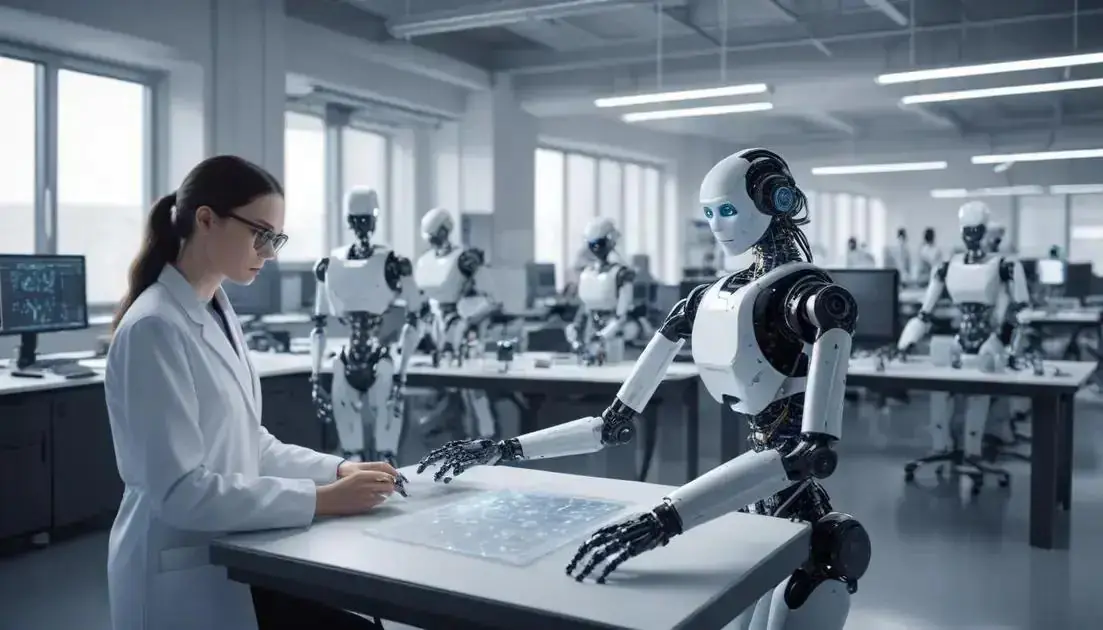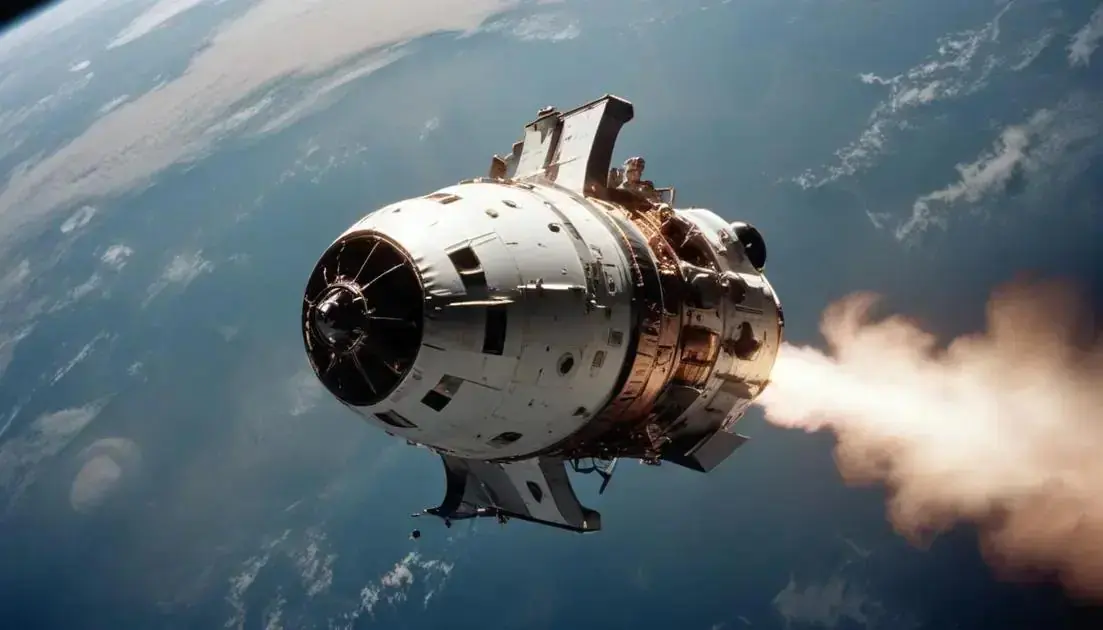
Laika: The Dog Who Became the First Living Being to Orbit Earth
Laika was the first living being to orbit Earth aboard Sputnik 2 in 1957, marking a pivotal moment in space exploration. Her mission not only advanced scientific knowledge but also raised significant ethical questions regarding animal testing. Laika’s legacy continues to impact modern space travel, inspiring discussions about animal welfare and the importance of humane research practices, while highlighting the balance needed between exploration and compassion in scientific endeavors.
Laika was not just a stray dog; she was a pioneer, breaking barriers as the first living being to orbit Earth. Join me as we explore her remarkable journey!
Introduction to Laika’s journey
Laika was a small dog with a huge destiny. She was a stray found on the streets of Moscow. In 1957, she became the first living creature to orbit our planet. Laika’s mission was on the Soviet satellite, Sputnik 2. It was a groundbreaking step for space exploration.
The Launch of Sputnik 2
When Sputnik 2 took off, it carried Laika into the unknown. Imagine being in a tiny capsule, surrounded by strange sounds and the roar of rockets. Laika’s journey marked a turning point in space history.
The Reality of Space Travel
Sadly, Laika’s journey was risky. Scientists knew she wouldn’t come back. This raised big questions about using animals in research. Her mission showed us both the thrill and the cost of exploring space.
Laika’s Legacy
Laika’s story didn’t end in space. After her flight, she sparked important debates on ethics in science. Her brave spirit continues to inspire. Laika is remembered as a pioneer, paving the way for future space travelers.
The mission of Sputnik 2
The mission of Sputnik 2 was a giant leap for science and space exploration. Launched on November 3, 1957, it was the second satellite sent into space. But this time, it had a special passenger: Laika the dog.
What Happened During the Flight
Once in orbit, Sputnik 2 sent back important data. Scientists analyzed Laika’s health and the environment in space. They wanted to know how a living being would react to weightlessness and radiation.
Laika’s Role in the Mission
Laika was chosen because of her calm nature. She was a small dog, making her a perfect fit for the tiny capsule. During the flight, she experienced the thrill of space travel.
The Impact of Sputnik 2
Sputnik 2 showed that life could exist in space, which thrilled many people. This mission helped scientists learn more about long-term space travel. It set the stage for future missions, including sending humans into orbit.
Although Laika did not survive the mission, her journey paved the way for many achievements in space travel. Today, she is honored for her bravery and spirit, making her a true hero of space exploration.
Laika’s impact on space exploration
Laika’s journey had a huge impact on space exploration. She was the first living being to orbit Earth, and that changed everything. People worldwide were fascinated by her story and the idea of life in space.
Changing Perspectives
Laika made it clear that humans could travel to space. Her mission opened doors for future projects. Scientists began to think about sending astronauts into orbit.
Ethical Questions Raised
Laika’s flight also raised important questions. Many wondered about the treatment of animals in research. This led to discussions about ethics and how to protect animals during experiments.
Inspiring Future Missions
Laika inspired future missions beyond just orbital flights. Her story pushed scientists to explore longer missions. Eventually, humans would follow her path and walk on the Moon.
Today, Laika’s legacy lives on in space travel. She is remembered as a pioneer who helped shape the future of human exploration. Without her, we might not have reached the stars as quickly.
Ethical discussions surrounding animal testing
Ethical discussions around animal testing are very important. Laika’s mission raised questions that many people still think about today. Should animals be used for research, especially when it involves risks?
Understanding the Risks
When Laika went to space, everyone knew it was a dangerous mission. Scientists had to weigh the benefits of space exploration against the risks to Laika’s life. This created a big debate.
Animal Rights and Scientific Progress
Many argue that animal testing helps advance science. Others say it’s wrong to put animals in harm’s way. Laika’s story made people more aware of these issues, leading to stronger calls for animal rights.
Regulations and Standards
Today, there are laws to protect animals used in testing. These rules aim to ensure humane treatment and reduce suffering. They also require scientists to find alternatives whenever possible.
Discussions about animal testing continue, as society aims to balance science and ethics. Laika’s journey opened the door to these important conversations. Her legacy challenges us to think carefully about how we treat animals in research.
Legacy of Laika in modern space travel
Laika’s legacy is still felt in modern space travel. Her journey opened doors for many advancements. Today, we understand how important it is to consider human and animal safety in space missions.
Inspiration for Future Generations
Laika inspired many to explore space. Her brave spirit encourages scientists to continue pushing boundaries. Without her mission, the race to space might have been very different.
Focus on Animal Welfare
Laika’s story brought attention to animal welfare in research. Today, there are strict guidelines to protect animals. These rules help ensure that no animal undergoes unnecessary suffering.
Advancements in Space Exploration
Thanks to pioneers like Laika, space travel has greatly improved. We now have better technology and safer missions. Space agencies aim for success without compromising lives.
Laika remains a symbol of sacrifice and courage. Her memory drives us to be better in our quest for knowledge in the vast universe. Her impact is a reminder of the balance we must maintain between exploration and ethics.
Conclusion
In conclusion, Laika’s journey marked a turning point in space exploration. Her brave mission sparked important discussions about animal ethics and inspired future generations of scientists. Today, we carry her legacy forward by prioritizing safety and welfare in our quest for knowledge beyond Earth.
Laika’s impact reminds us of the balance needed between exploration and compassion. As we continue to push the boundaries of space travel, we must remember the lessons learned from her story. Embracing innovation is vital, but so is respecting the lives involved in our discoveries.


